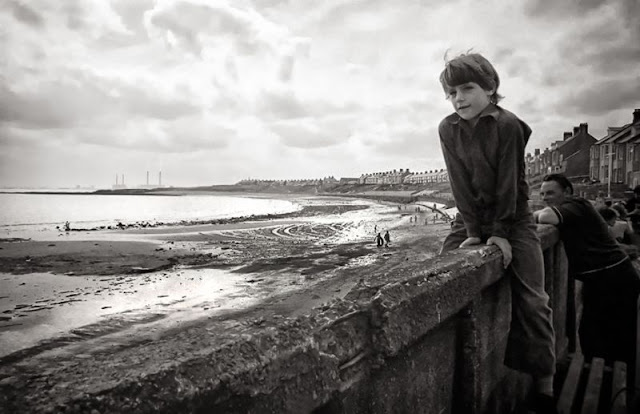This
post was originally published on
this site
Mik Critchlow is a social documentary photographer based in the North East of England. On seeing an exhibition of paintings in 1977 by ‘The Ashington Group’ (Pitmen Painters), a group of Ashington men brought together in 1934 by the Workers Educational Association for Art Appreciation classes, he realized the value of art as social document, the visual representation of everyday life, by one’s own knowledge and personal experiences.
In the same year, he began a long-term photography project documenting his hometown of Ashington in Northumberland. The son of a miner, he has worked within the community with a deep-rooted empathy for the townsfolk, documenting the area and its people during a rapid period of social and environmental change.
Ashington was once a center of the coal mining industry. The first evidence of mining is from bell-shaped pits and monastic mine workings discovered in the 20th Century during tunneling. It developed from a small hamlet in the 1840s when the Duke of Portland built housing to encourage people escaping the Great Famine of Ireland to come and work at his nearby collieries. As in many other parts of Britain, “deep pit” coal mining in the area declined during the 1980s and 1990s. During the heyday of coal mining, Ashington was considered to be the “world’s largest coal-mining village”.
Take a look at life in Ashington from the late 1970s to 1990s through these 30 brilliant photographs taken by Critchlow:
 |
| Ashington, Northumberland |
 |
| Colliery Housing, 1977 |
 |
| Northern Social Club, 1977 |
 |
| Poplar Street, 1977 |
 |
| Saturday morning, Hirst Miners Welfare Club, 1977 |
See more »





Leave a Reply